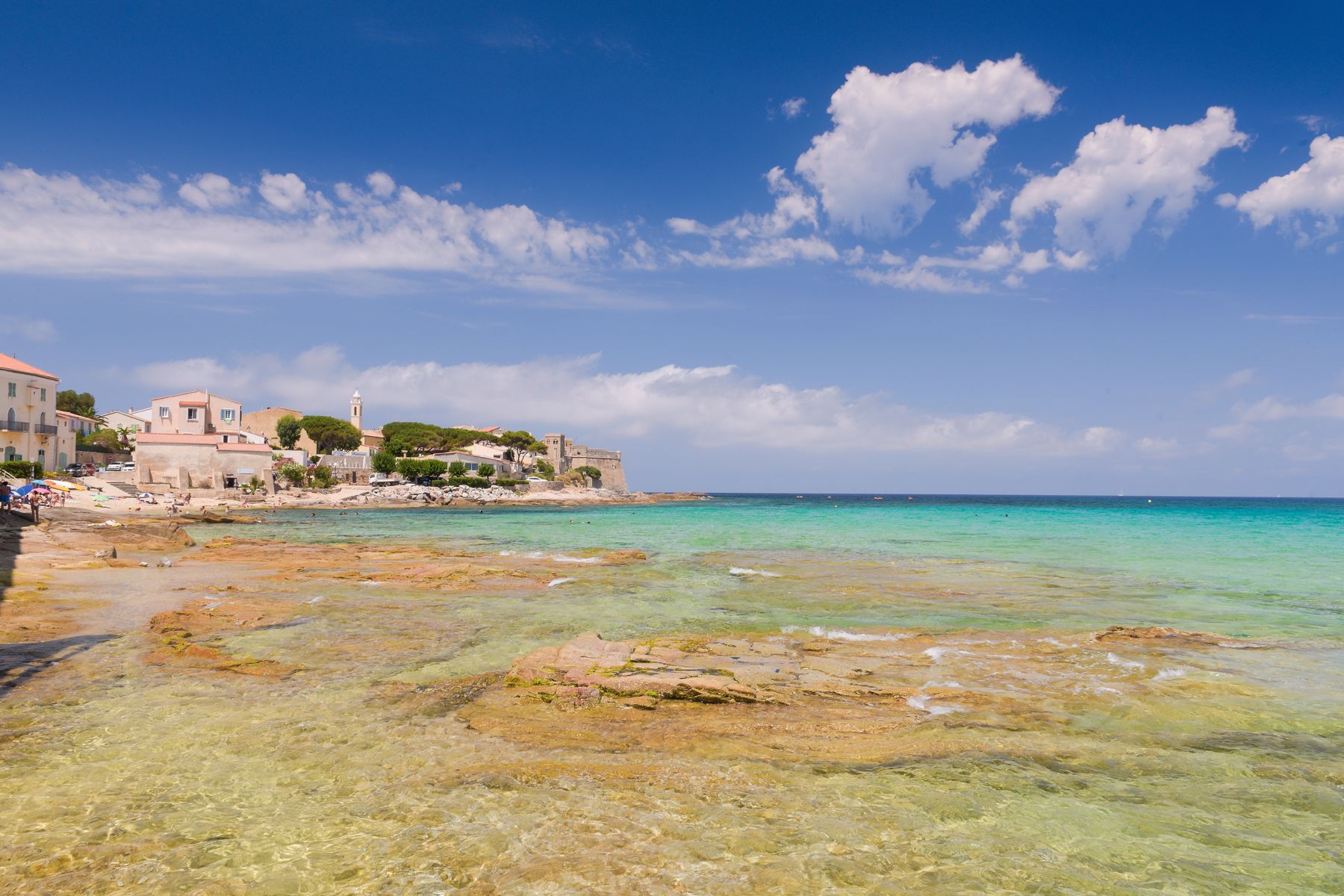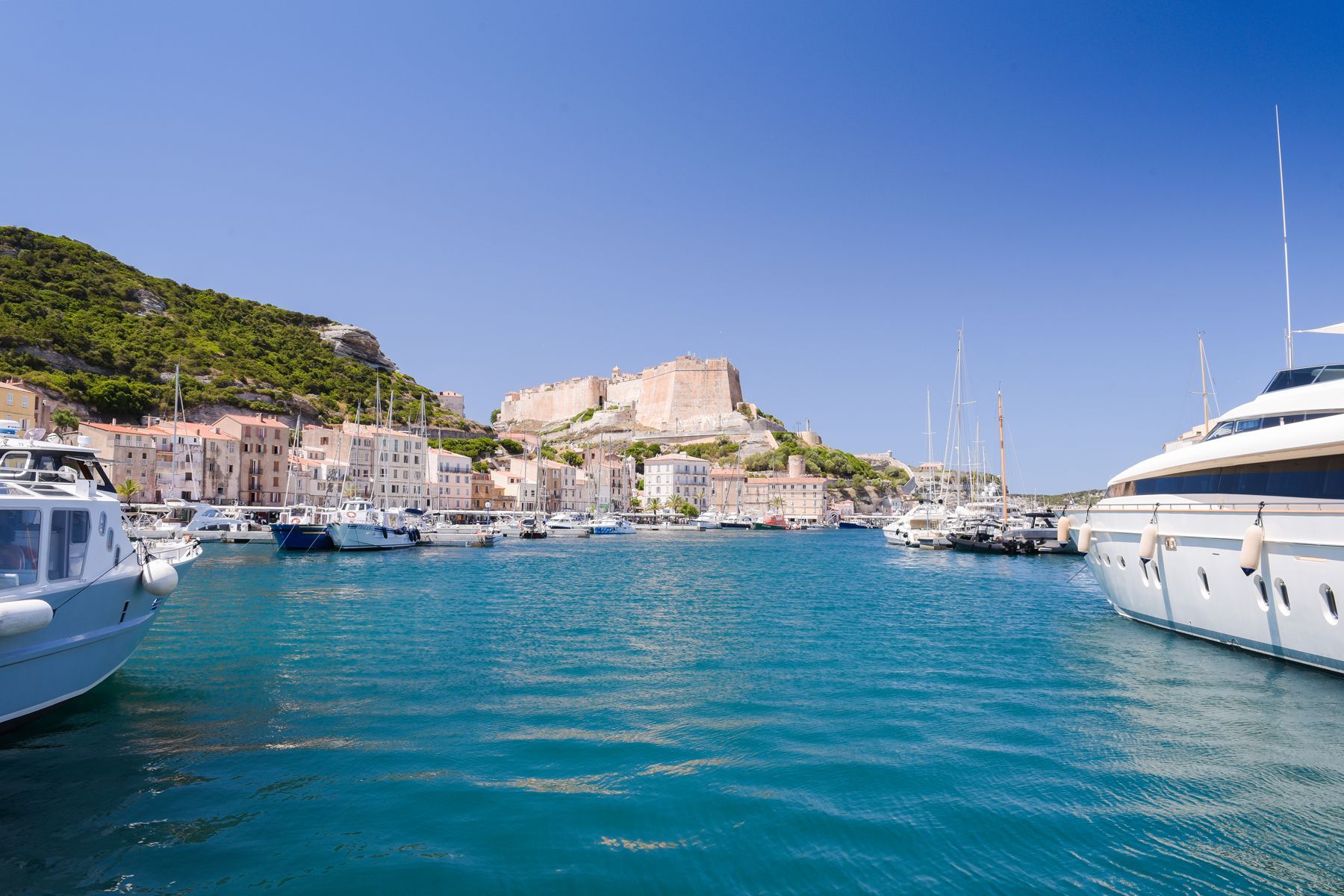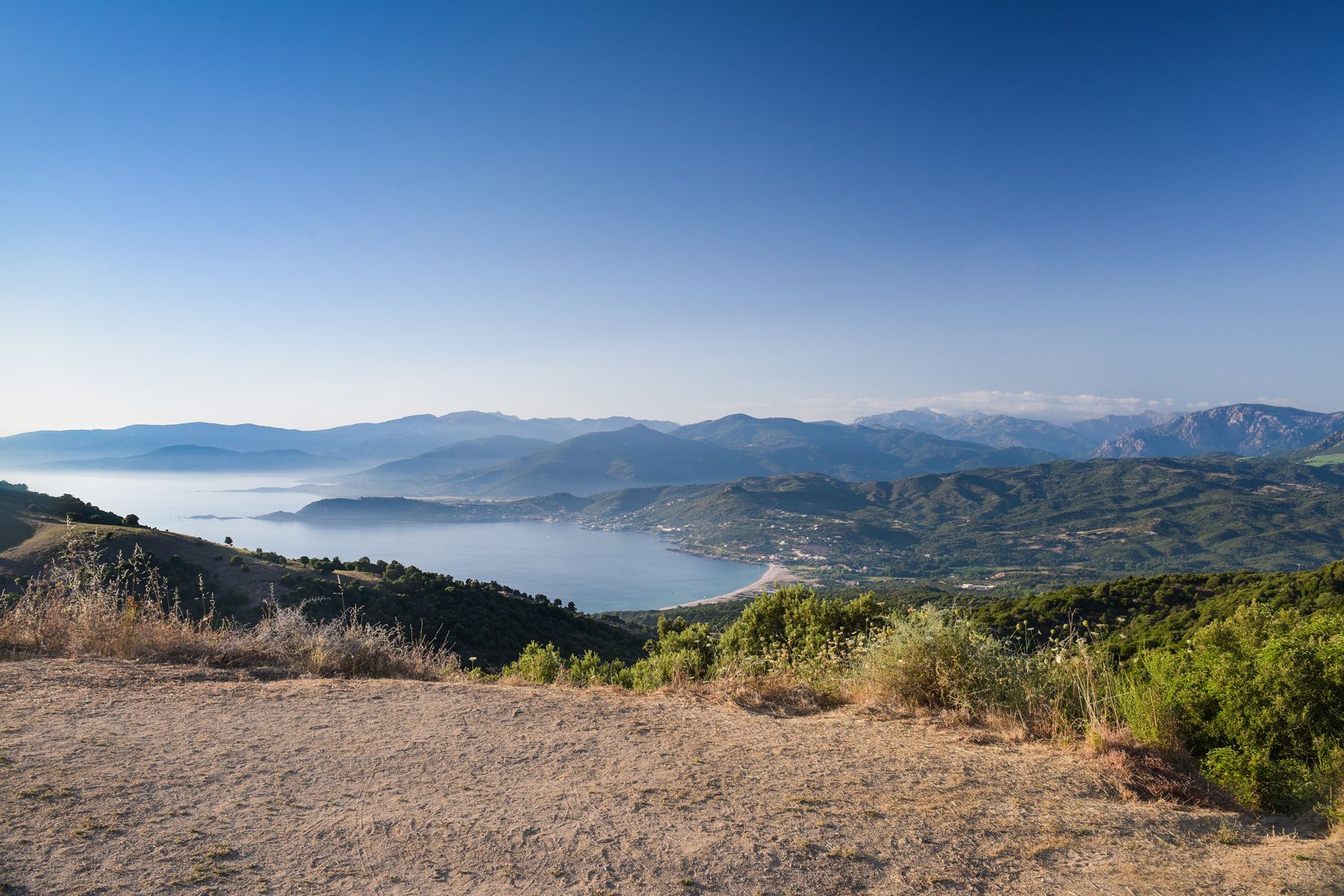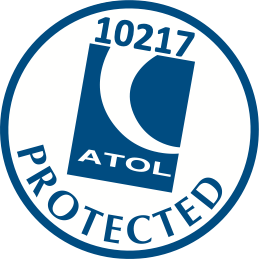New paragraph
North East Corsica
This finger of land, historically referred to as the ‘Sacred Promontory’ due to its high number of places of religious worship, points northwards into the Tyrrhenian Sea, with St Florent and Bastia at its western and eastern bases respectively.
Being only 14.5km across at its widest part and 37km long, yet having ten mountain peaks over 1,000m, this is one of the most rugged parts of the island falling steeply into the sea on both sides and, having little more than a handful of small fishing villages, is very sparsely populated. It does, however, boast a number of impressive beaches - including the famous black sands of Nonza - and also provides excellent opportunities for walkers to discover some impressive countryside.
For those with a steelier nerve, the 100km drive around the perimeter of Cap Corse, from St Florent to Bastia, is well worth the time and effort and, from the top of the Col de Teghime at the peninsula’s southern base, it is usually possible to see the islands of Elba, Monte Cristo, Capria and, on the clearest days, the hills of Tuscany.
Bastia
Bastia is the administrative town for the department of Haute-Corse and is the second largest town on Corsica - but with a population of less than 45,000 is only the same size as Perth or Canterbury. The old quarter of the town with its labyrinth narrow lanes, imposing buildings. ‘Terra Vecchia’ is centred around the impressive refurbished Cathédrale Sainte-Marie and takes in the charming old port, the market square and Place de St Nicholas. The main thoroughfare, Boulevard Paoli, and the adjacent streets have an impressive array of designer and independent shops interspersed with bars, cafés and restaurants leading up to the impressive buildings of the Palais de Justice. Colourful, intriguing and cosmopolitan, Bastia is a focal point for tourist and locals alike and offers a vibrant distraction from the beauty and tranquillity of the surrounding countryside.
St Florent
Often referred to as the 'St Tropez of Corsica', with the marina playing host to some very impressive motor yachts, St Florent retains its overriding quaintness and authenticity. Life revolves around the small square of La Porta, flanked by cafés and bars and being the venue for many games of pétanque amongst the locals. The variety offered by the numerous restaurants lining the marina is also a major draw and the cafés and bars around the rest of the town come alive during the evening.
The town’s harbour is also the departure point for the regular Popeye taxi-boat to the amazing beaches of Saleccia and Lodo and, with its own small citadel, St Florent as a relaxing place to wander around. In addition, the impressive 12th century Cathédrale de Nebbio with the mummified body of St Florent on the edge of the town is the second most visited building in Corsica.
Patrimonio
Just a short distance inland from St Florent, is the renowned wine-producing village of Patrimonio. The area qualifying for wines to be labelled AOC, Patrimonio is reputed to have more wine caves per square kilometre than the Bordeaux region of the mainland, so there’s no shortage of tasting opportunities! The village itself has the superbly renovated 16th century church of San Martinu and the U Nativu menhir close by is testaments to its roots as a settlement going back to megalithic times.
Oletta
With its colourful array of houses and churches clinging to the steep hillside, with amazing views out over the stunning landscape of the Conca d’Oru with its rolling vineyards and stark, chalk escarpments and out to the bay of St Florent, Oletta is a tapestry of all that is beautiful about the island. Being only 15 minutes away from St Florent and 25 minutes away from Bastia, it offers an oasis of calm and tranquillity within easy reach of the livelier towns at the southern base of Cap Corse.
Erbalunga
Erbalunga is a picturesque old fishing village on the rocky eastern coast of Cap Corse and is celebrated as the source of great inspiration for a number of accomplished 20th century artists and poets including Anne Redpath, René Genis and Jose Lorenzi and, during the summer, the village hosts a wonderful music festival featuring jazz and contemporary sounds. With its old stone buildings stacked like crooked boxes behind a cosy harbour, and a handful of restaurants grouped around a small square, including the gastronomic ‘Le Pirate’, Erbalunga is the one of the highlights of the east coast of Cap Corse.
Porticciolo Marine de Cagnano
A small village with a port and beach at the end of a beautiful valley that descends from the mountains to the sea. Cap Corse is the northern finger of Corsica, 40km long. There is a road that circumnavigates Cap Corse which is very mountainous and remote with amazing far reaching sea views. It is known for its unspoiled nature and historical heritage and there are many activities including hiking, watersports and boat trips.
Nonza
Set high on the cliffs, halfway up the western coast of Cap Corse, this village of stone houses clinging to the rocks, guarded by a Genoese watchtower, overlooks a curious beach of black sand 125m below. A popular stopping-off point on the circumnavigation of the Cap, the more energetic visitors tackle the 600 steps down to the beach to indulge in the tradition of writing messages on the sand with pebbles.
Macinaggio
Close to the northern tip of Cap Corse, this intriguing fishing port – the largest on Cap Corse - is where Napoléon landed on his return from Elba in 1814. It has developed steadily since the final completion of a road link with Bastia at the end of the 19th century, and now has a marina with nearly 600 berths and is a popular destination for seafarers from the south of France and Italy. Nearby are the golden sand Tamarone beach and the Capandul Nature Reserve where dolphins are often spotted.
Centuri Port
Located towards the northern most point of the west coast, this small fishing village centred around a quaint harbour has less than 250 inhabitants, but in the summer months, this figure is increases many-fold by visitors drawn to its numerous restaurants specialising in the specialities of locally caught lobster & crayfish.
Moriani Plage
Moriani Plage is located approximately 20km south of Bastia on the east coast of Corsica, on a section of an almost endless beach. It is situated in the fertile Costa Verde region of the island with the surrounding fields being full of fruit trees and vines. Moriani is a fairly lively town with a selection of shops, supermarket, bars and restaurants and is the gateway to Corse du Sud with the historic towns of Aléria (30km) and Solenzara (60km). It is only a short drive from the beautiful mountains and dense chestnut forests of the Castagniccia area with enchanting historic villages including San Nicolao (4km), San Giovanni di Moriani (10km) with an excellent restaurant and Cervione (12km) the largest village of the Castagniccia with one of the first Baroque churches in Corsica. There are various watersports available on the beach and numerous walking trails in the area.










